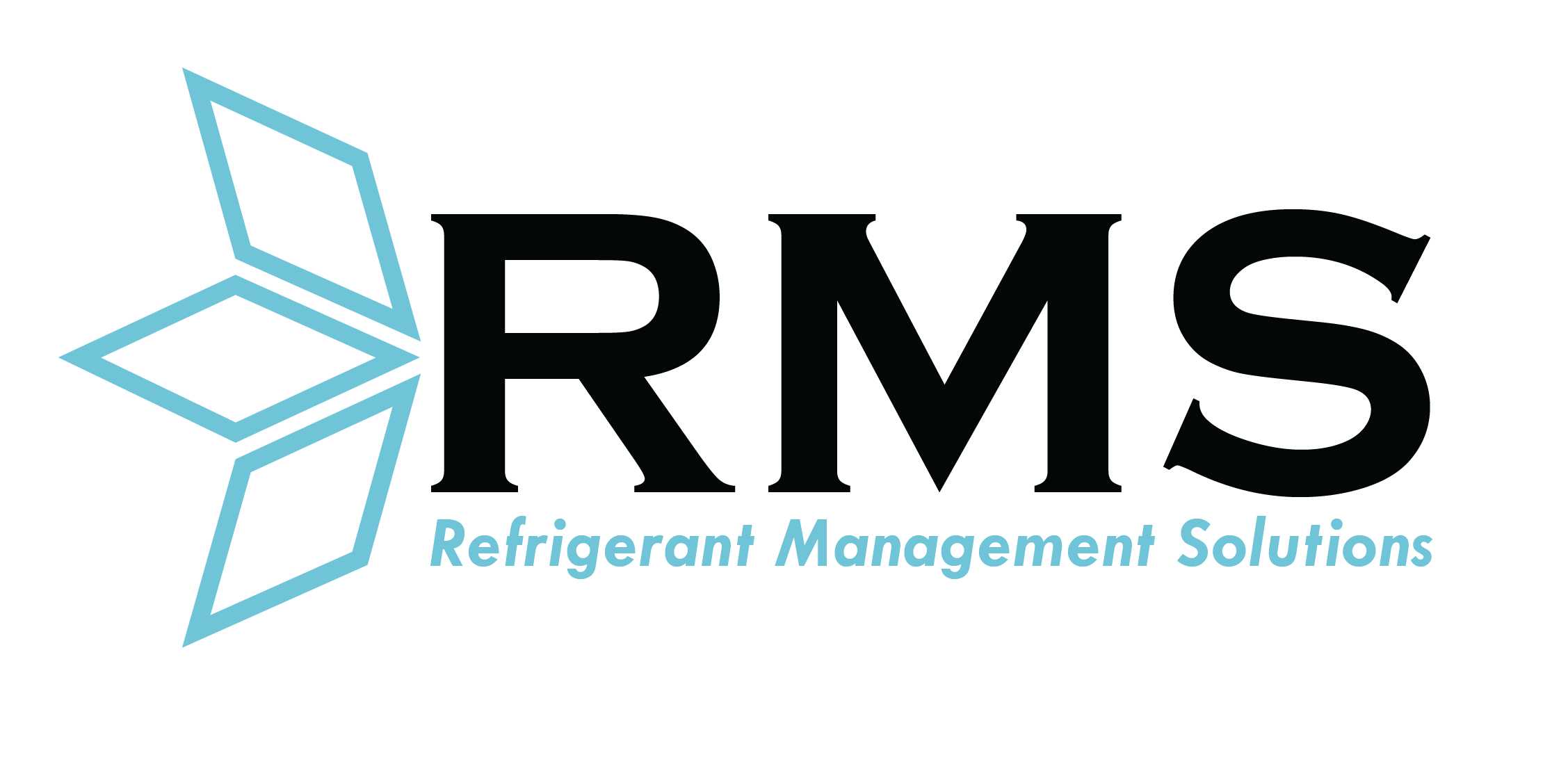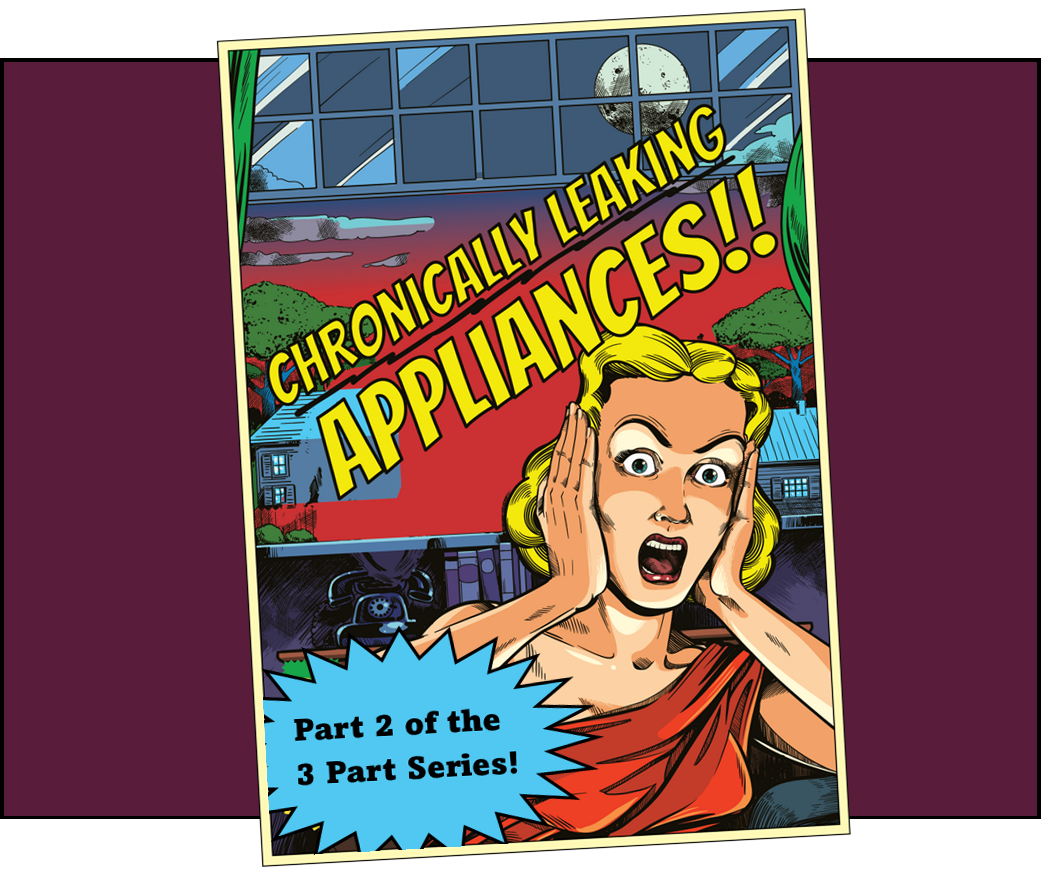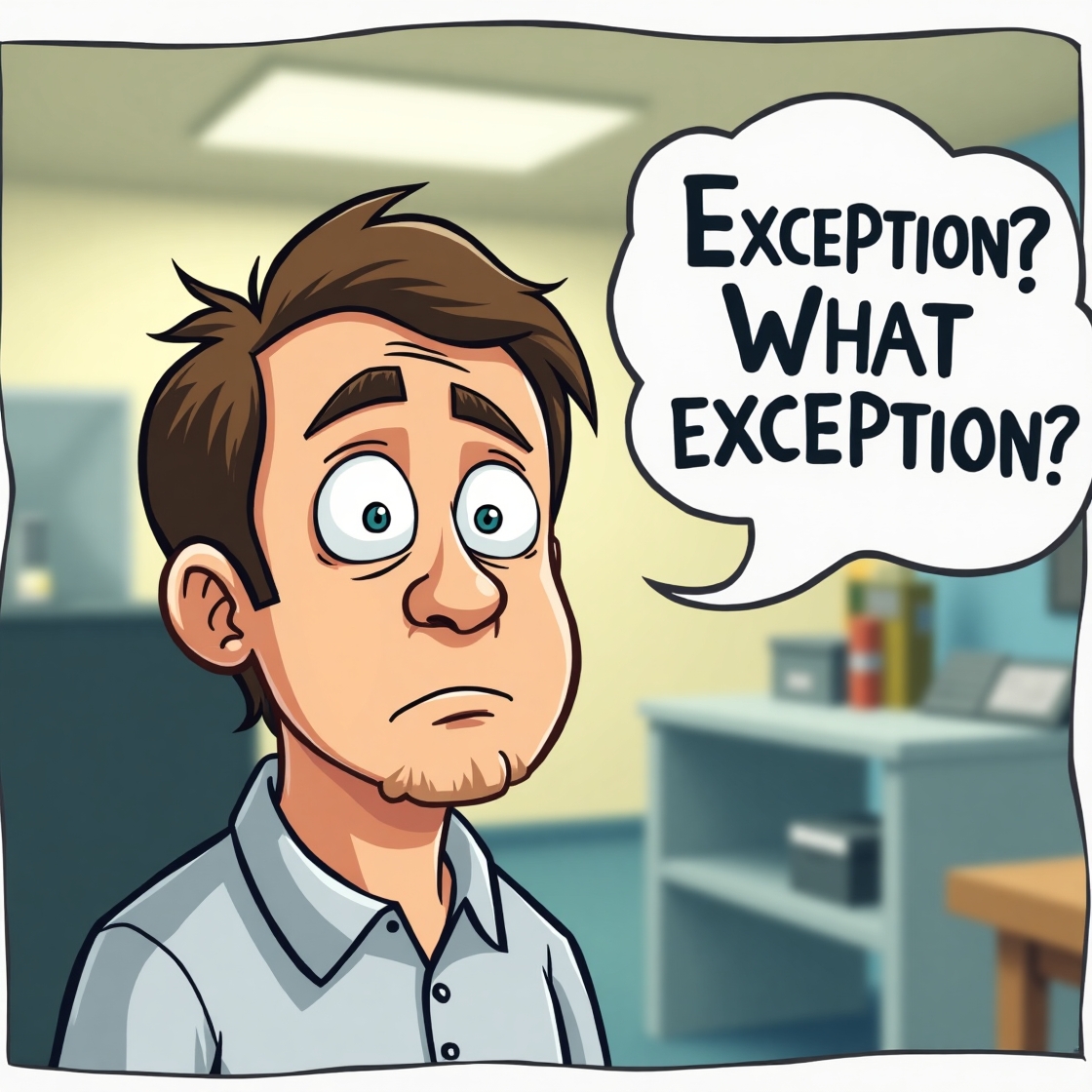Before beginning Part II of my Chronically Leaking Appliance article series, I must satisfy those of you who did not appreciate the cliff hanger at the end of the first article. The answer to the question is 42![1] No sorry, that’s not the answer. The answer to the question of how much you can be fined for violations of the EPA’s refrigerant regulations is $57,617 per day, per violation.
Now that we know what the Chronically Leaking Appliance Rule is, why it’s so scary, and we have resolved the cliff hanger question, I can move on to Part II of the series: how the Chronically Leaking Appliance Rule works.
The Chronically Leaking Appliance Rule requires you to calculate a new type of leak rate every time you add refrigerant to an HVACR appliance with a full charge size of 50 or more pounds of a regulated refrigerant. You’ve always had to calculate either the rolling average leak rate or the annualized leak rate after adding refrigerant, in order to determine whether you’ve exceeded the leak repair threshold in the regulations. Now you also have to calculate your calendar year leak rate to see whether you trigger the mandatory reporting of an appliance as “chronically leaking.”
The formula is very simple: you take the total pounds leaked by an appliance from January 1st to December 31st of the calendar year and divide it by the full charge size of the appliance. Multiple that by 100 to get your percentage. If your calendar year leak rate is 125% or above, you have to report the appliance to the EPA no later than March 1st of the following calendar year. This still only applies to appliances that that use CFC or HCFC refrigerants – the only refrigerants regulated currently. But when the EPA’s proposed HFC Emissions Reduction and Reclamation Regulations go into effect, the Rule will also apply to appliances that use HFC refrigerants.
Those of you who have gotten away with not reporting any appliances because you don’t use any R-22 need to brush up on how this all works, because when the EPA extends this rule to HFC refrigerants, many of you are going to find yourselves reporting to the EPA for the first time. Yes, it’s scary. Yes, it’s dangerous. But you can do it. And better yet, you have plenty of warning that this is coming, so you can implement a prevention program to try to minimize the number of appliances you have to report. That’s what Part III of this series is going to be about, but I will give you a hint up front: don’t wait to start preventing chronically leaking appliances until the HFC rule goes into effect, because you’ll be amazed at how many appliances can already have a 100% leak rate in the first two weeks of January.
What to put in your report
The Chronically Leaking Appliance Rule in Section 608 is surprisingly very vague about the information that must be submitted to the EPA when you report your appliance. The regulation just says, “This report must … describe efforts to identify leaks and repair the appliance.” What does that mean? No one knows. One refrigerant tracking software company claimed that the EPA told them that the requirement was to submit the entire compliance report for the calendar year. Many of us suspected that this claim was more about driving that company’s sales than what the EPA actually mandated. There was no guidance from the EPA on their website or anywhere else for that matter.
If you wanted to stick to the letter of the law, you could theoretically get away with a report that consisted entirely of “Rack B: leak 1 identified using handheld detector and repaired correctly; leak two identified using soap bubbles and repaired correctly.” That might result in a follow-up investigation from the EPA to gather more information from you, which is never good. The sweet spot was somewhere in between a full compliance report and so little information that you irritated the EPA Enforcement Office. You never want to give the EPA more than they are entitled to ask you for and less than what would be required to make them leave you alone.
The Food Marketing Institute (FMI), at the request of several end user member organizations, organized a meeting with the EPA to flush out the requirements and get the EPA to “sign off” on a template. The EPA was very reasonable in my opinion. Remember that this was during the Trump administration, and the EPA’s head of the Air Office was a woman whose family owned the ranch in Texas where Dick Cheney shot his friend in the face in a hunting accident. Let’s just say that she didn’t work at Greenpeace prior to working at the EPA. What better person to fill in the gaps in vague regulatory text in your favor?
The result of the meeting was a reporting template with the FMI logo on it that the EPA agreed would be satisfactory. Unfortunately, that template does not seem to be available on FMI’s website anymore, so you will have to reach out to them if you’d like to use it. Or you can get it from our website. I hope they don’t mind me linking to it on our website; I’d be happy to link to it on their website if I could locate it there.
If you don’t want to use the FMI template, common sense tells you to report the minimum amount of information to the EPA that satisfies the regulatory requirement. Certainly, any report would need to list the following:
- The company name and the facility name and address.
- You’d want to include the name and contact info for the person you’d like the EPA to talk to if they want to follow-up with your company. You always want to be very clear about who you want the government to contact. You never want the EPA calling random people at your company with questions about compliance. You’d be amazed at the things people say to the EPA with absolutely no provocation.
Common sense tells you that you’d have to include this information too:
- Some kind of identifying information for the chronically leaking appliance. It would make sense to use the name of the appliance in your tracking system, assuming the name bears some resemblance to an understandable appliance name. If your appliance name in your tracking system is B?RT?, it may be a good idea to quickly decide to call it something else. You don’t want anything in your report to give the impression that you have no clue what you’re doing.
- To be on the safe side, you could include some kind of unique identifier if you have it, like an asset tag number or a serial number. This is especially important if your company has several generations of appliances called some version of RTU1 (maybe an RTU-1 and RTU 1 and an R.T.U.1). You can use a model number and serial number, assuming the manufacturer data plates are readable on your rooftop appliances. It’s not unusual for some of those plates to look like they’ve been sandblasted to the point where nothing is readable … because some of them have been blasted with years of sand and other debris. The FMI form strangely calls just for the model number. When I asked why they had deleted the serial number space, they said that several of their end users had stated that they did not record serial numbers. I’m not sure how you know what’s what if your identifying information for your appliances are model numbers. That presupposes that you’ve only bought one appliance of any particular model number.
I think a healthy balance between too much information and not enough information is to include this information:
- List your leaks. You can use dates to distinguish between them, or you can just number the list. You’d probably want to choose the latter method if all your leaks happen in close proximity to each other. On the other hand, you might want to choose listing them by date if you have a lot of leaks. Somehow, a list of 15 things always seems longer if you see the number 15 at the bottom of the list.
- State clearly that the leak was repaired. You can list how each leak was repaired, if you have good information about that. More specificity here gives the impression that you really did do your best; for instance, if you replaced leaking parts with new components, it makes a better impression than saying you “tightened cap.” Frankly, if you’ve got a whole list of 15 leaking Schrader caps and your solution was to “tighten cap” 15 times, I’d say as little as possible.
- I think it’s a good idea to state any plans you have to get rid of the appliance. After all, if you have a 30-year old rack system with a 400% leak rate that just never stops leaking, you’d think it would make a good impression on the EPA if you say that you are replacing it with a new (ideally low-GWP) rack system (as good as you can possibly look if you have a 30-year old rack system with a 400% leak rate). If you are getting rid of the appliance, specify that you are retiring it, as opposed to a permanent shutdown (if you don’t know the difference, I will address that in Part III).
Of course, you might want to include any other information that helps show that you are doing a good job, despite the fact that you have a chronically leaking appliance. Just be cautious, because going into great detail about every good thing you did in one report can make it very obvious if you avoid all detail for another appliance. You might as well say “while we tried really hard to do our best on this appliance, we really didn’t care about this other one.” You can consider any information that you think might be helpful in making the situation appear better, such as the following:
- Anything that proves that you are trying your best and going to extraordinary effort to keep your leak rate lower; for instance, if you implemented a program to perform monthly leak inspections on the appliance as soon as it reached a high leak rate to try to catch leaks faster and repair them earlier, that might give a favorable impression. I can’t see how it would hurt.
- Any mitigating information, like if the majority of your 125% leak rate was caused by someone crawling on your roof and stealing your copper piping, or if a hurricane wrapped your remote condensing unit around a tree that was 3 blocks away from your store (in that latter instance, you should also seize the opportunity to clearly point out that you are replacing that condensing unit).
- Any specs or standards that show that you follow environmental best practices (but be careful, because this can backfire).
The EPA gives you a very convenient option for delivering your reports to them by the deadline. You can submit the reports electronically to 608reports@epa.gov. Note that the regulation states that:
[a]ll notifications must be submitted electronically … unless the notification contains confidential business information. If the notification contains confidential business information, the information should be submitted to: Section 608 Program Manager; Stratospheric Protection Division; Mail Code: 6205T; U.S. Environmental Protection Agency; 1200 Pennsylvania Avenue NW., Washington, DC 20460.
You obviously want to take a shot at declaring your reports to be confidential business information, which would mean that you need to mail them. If you are like me, you’d feel it’s important to have proof that the EPA received your reports, so you might think it’s smart to FedEx them to the EPA. Good luck with that. I speak from experience.
The FedEx person is very unlikely to know which EPA building the “Section 608 Program Manager” is in (there are several different, extremely large EPA buildings), and the deliverer certainly does not know who the Section 608 Program Manager is, which would at least enable a very conscientious FedEx deliverer to ask for the person by name at one of the buildings. If the first attempt to find the right place doesn’t work, FedEx decides the envelope is undeliverable. You then receive a very unhelpful email from FedEx stating that they could not deliver your envelope to the address you provided. If you are unlucky, this email comes at 7 pm on March 1st. Good luck reaching someone at the EPA to ask for the proper address for couriers at 7 pm (not even eastern time).
This whole situation must have arisen enough times that the EPA now has on their website the statement, “Please contact EPA at 608reports@epa.gov to arrange for receipt if sending via courier.” I tried doing that this year on Tuesday February 20th. On Wednesday, February 28th, I still hadn’t received an answer from that email address. I did email the person who runs the GreenChill Partnership, and she told me to send the reports to James Casey, Section 608 Program Manager. Sorry, James Casey, if you were hoping to remain anonymous.
His courier address is:
James Casey
United States Environmental Protection Agency
1200 Pennsylvania Avenue, NW
William Jefferson Clinton Bldg Room: EPA East Room 1309
WJCS-Mail Code: 6205A
Washington, DC 20004
Phone: 202-566-2657
As I always do in these situations, I ponder what people do in other industries who don’t have a GreenChill Partnership at the EPA.
In terms of the due date, the text of the regulation states that reports must be submitted by March 1st. I’m not sure if it’s considered to be on-time if your envelope is postmarked by March 1st, like with taxes and IRS deadlines, or whether the report has to arrive on the Section 608 Program Manager’s desk by March 1st. If the latter is the case, be forewarned that it can take a long time for snail mail to arrive on someone’s desk at the EPA. There is a considerable time lag between when mail is delivered to the EPA and when it actually gets to the right person.
So that’s how the scariest tool that EPA enforcement has at its disposal works. Now that you understand it, you can get to work to prevent having to report chronically leaking appliances in the first place. Prevention is possible, and it is the subject of Part III of this series.
Until next time!
The information in this article is not intended as legal advice or as a substitute for the particularized advice of your own counsel. Anyone seeking specific legal advice or assistance should retain an attorney.
[1] In the book called The Hitchhiker’s Guide to the Galaxy by Douglas Adams, 42 was the “Answer to the Ultimate Question of Life, the Universe, and Everything”, calculated by an enormous supercomputer named Deep Thought over a period of 7.5 million years.





